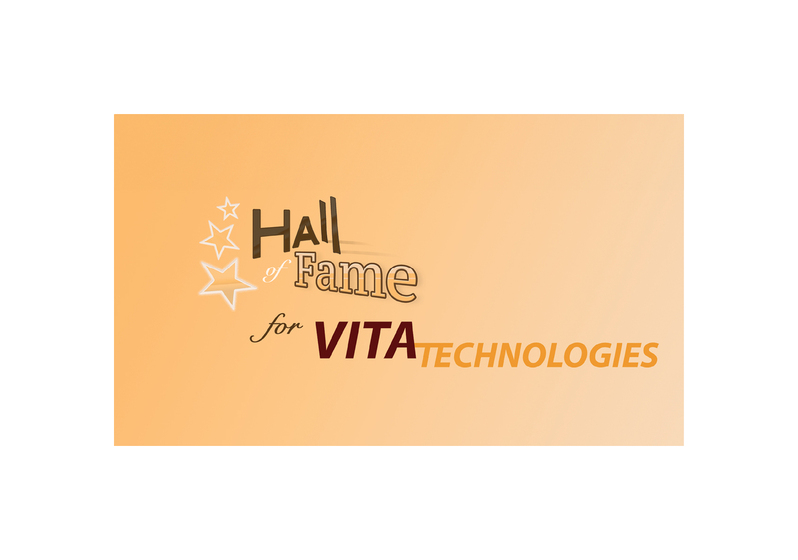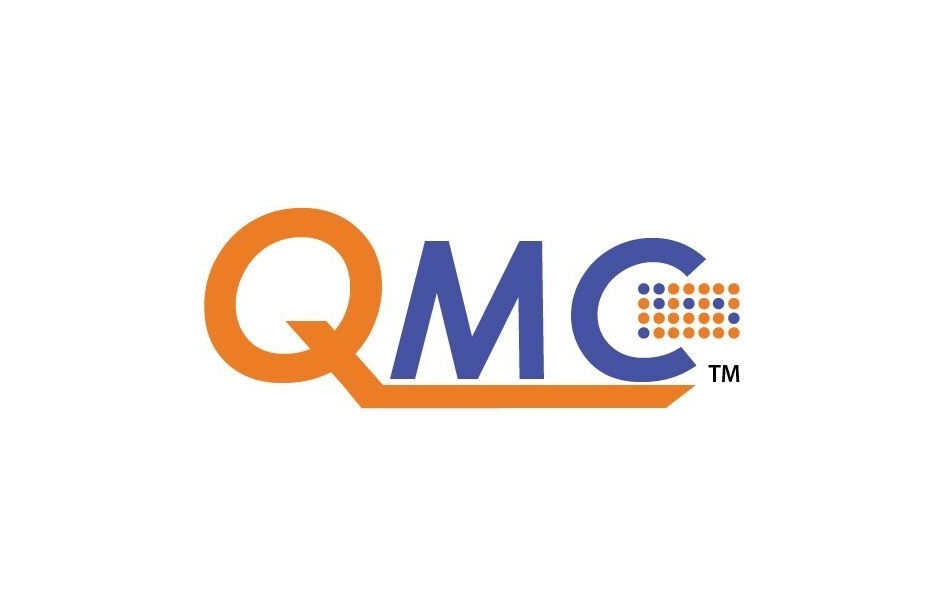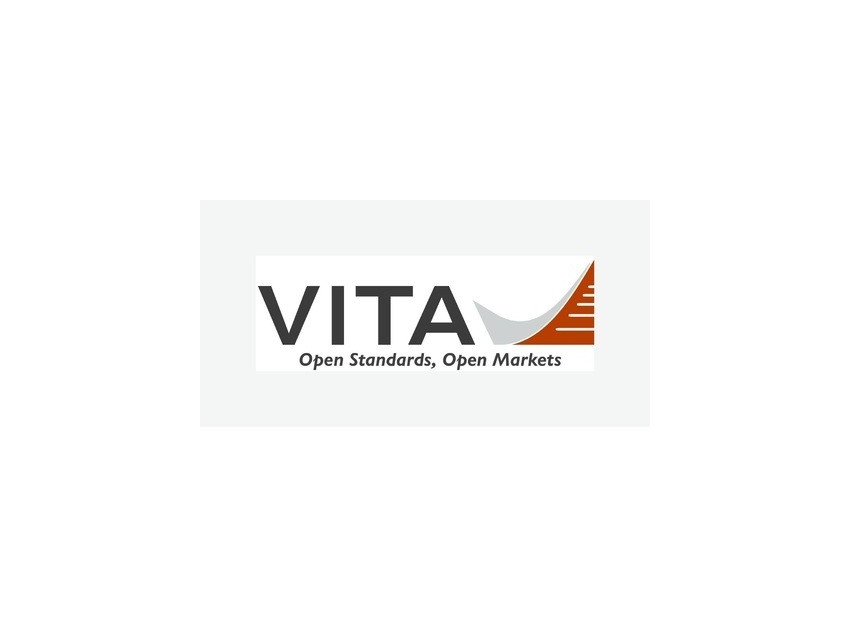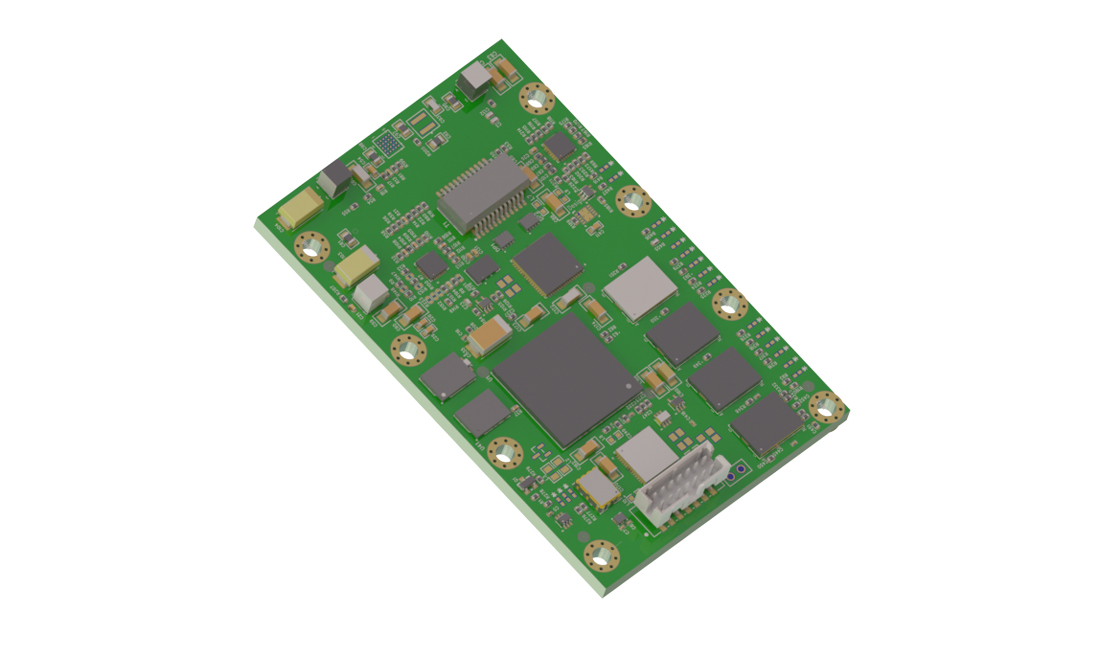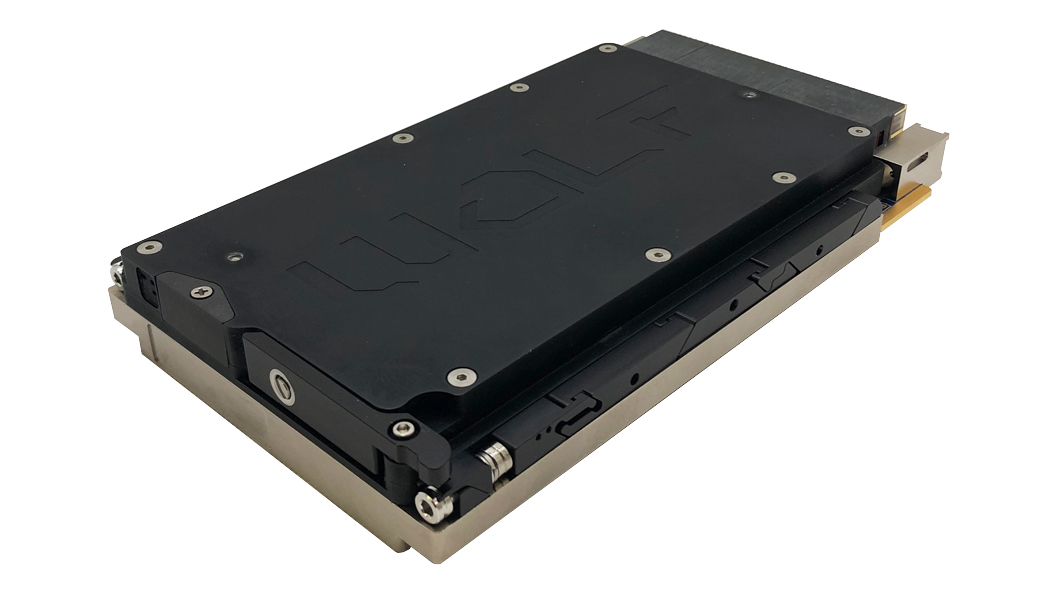 Speed is one thing, but boasting best-in-class speed, price, and system size is something we notice. National Semiconductor (NSC) is blazing their own trail with what they call “the industry’s fastest 12-bit ADC” in the ADC12D1x00 Family, which targets high-speed RF designs like SDR, radar, LIDAR and Set-Top Boxes (STBs). Sure, there are faster 16-bit devices, but be prepared to pay. NSC has taken existing, proven semiconductor process technology and coupled it to equally proven IC logic combined in a new way. The result? A two-channel 12-bit analog-to-digital converter that screams at 3.6 GSps, a claimed 3.6x faster than the competition. As well, the 1.9 V single-supply device has two channels that can operate interleaved (at 3.6 GSps) or independently, and can be synchronized for multichip operation.
Speed is one thing, but boasting best-in-class speed, price, and system size is something we notice. National Semiconductor (NSC) is blazing their own trail with what they call “the industry’s fastest 12-bit ADC” in the ADC12D1x00 Family, which targets high-speed RF designs like SDR, radar, LIDAR and Set-Top Boxes (STBs). Sure, there are faster 16-bit devices, but be prepared to pay. NSC has taken existing, proven semiconductor process technology and coupled it to equally proven IC logic combined in a new way. The result? A two-channel 12-bit analog-to-digital converter that screams at 3.6 GSps, a claimed 3.6x faster than the competition. As well, the 1.9 V single-supply device has two channels that can operate interleaved (at 3.6 GSps) or independently, and can be synchronized for multichip operation.
There are actually three devices available: ADC12D1800 (3.6 GSps), ADC12D1600 (3.2 GSps), and ADC12D1000 (2.0 GSps). All have per-channel programmable gain and offset adjustment, extended self-calibration, and a flat response of all dynamics for inputs greater than 2 GHz. Power consumption ranges from 2.08 W per channel for the ‘1800, down to 1.7 W per channel for the ‘1000 – all extremely low for the speeds offered. As well, the small 292-ball BGA allows replacing loads of front-end active and passive components in radar, STB, and other RF designs. This also saves space, power, and cost. NSC points out that in this “new class” of device, new design metrics beyond Nyquist are needed: noise-floor, Noise Power Ratio (NPR), and IMD. Detailed specifications and definitions are available from National Semiconductor. Also, a 376-column CCGA space-qualified device is available, meeting 120 MeV SEL.

